Museum Audio Guide System
A Hand-free Museum Experience
OCT. 2018
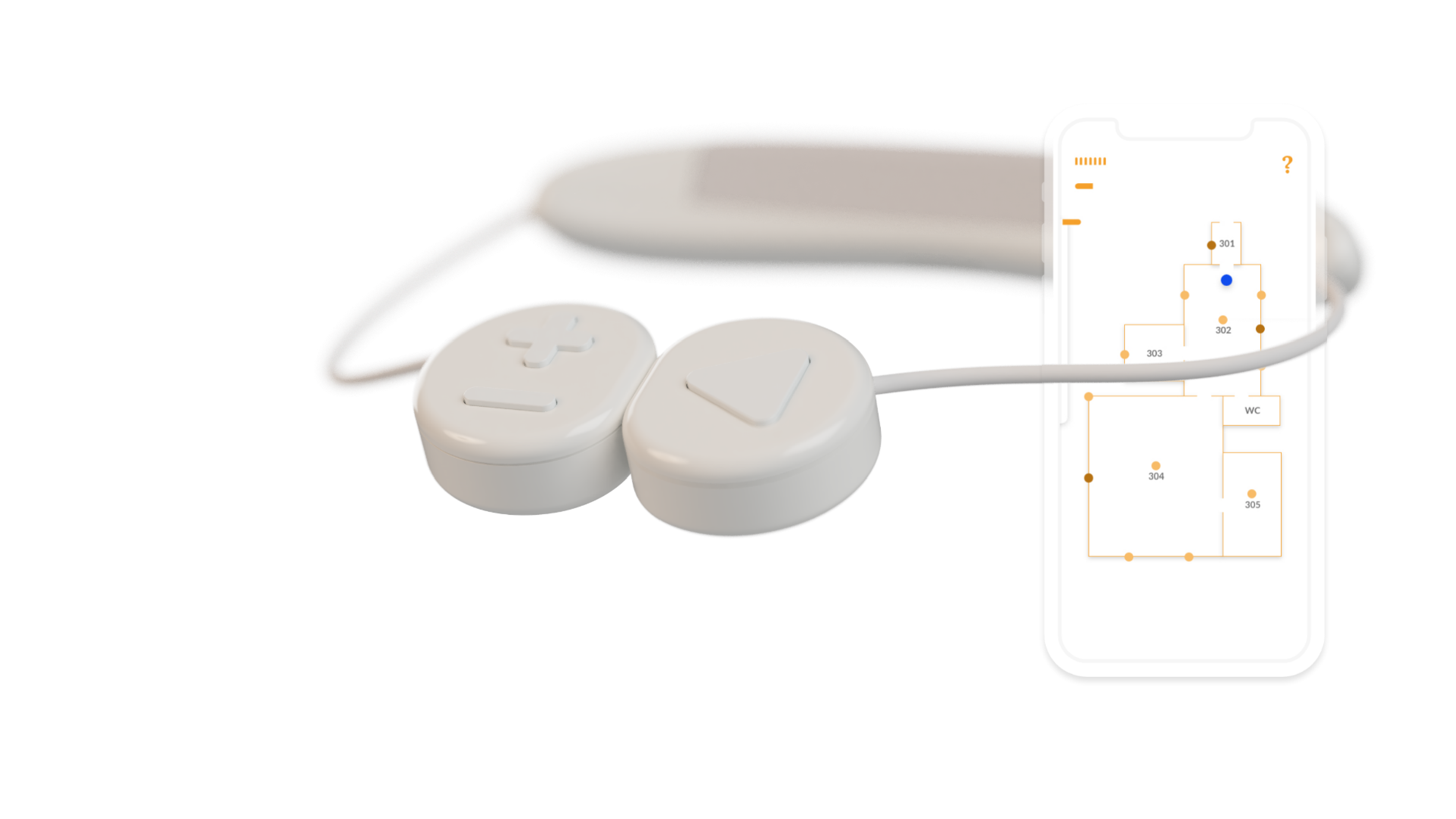 Museums are known as educational spaces for a broad audience. Part of many visitors’ experience, the audio guide system guides visitors by storytellings in the museum and its exhibition information. Statistics have shown that audio guides have a low take-up rate. Several research and interviews indicate that the content and design of current audio guide system needs to be improved. The design aligns the audio guide contents with different visitors’ behaviours. It considers the relationship between visitors and the museum, narrowing down different possibilities into an inclusive service that suits individual needs, re-imagining an intuitive and immersive museum visiting experience. With Bluetooth technology, it proposes a convenient hand-free viewing experience with a neck speaker and an optional interactive app.
Museums are known as educational spaces for a broad audience. Part of many visitors’ experience, the audio guide system guides visitors by storytellings in the museum and its exhibition information. Statistics have shown that audio guides have a low take-up rate. Several research and interviews indicate that the content and design of current audio guide system needs to be improved. The design aligns the audio guide contents with different visitors’ behaviours. It considers the relationship between visitors and the museum, narrowing down different possibilities into an inclusive service that suits individual needs, re-imagining an intuitive and immersive museum visiting experience. With Bluetooth technology, it proposes a convenient hand-free viewing experience with a neck speaker and an optional interactive app.
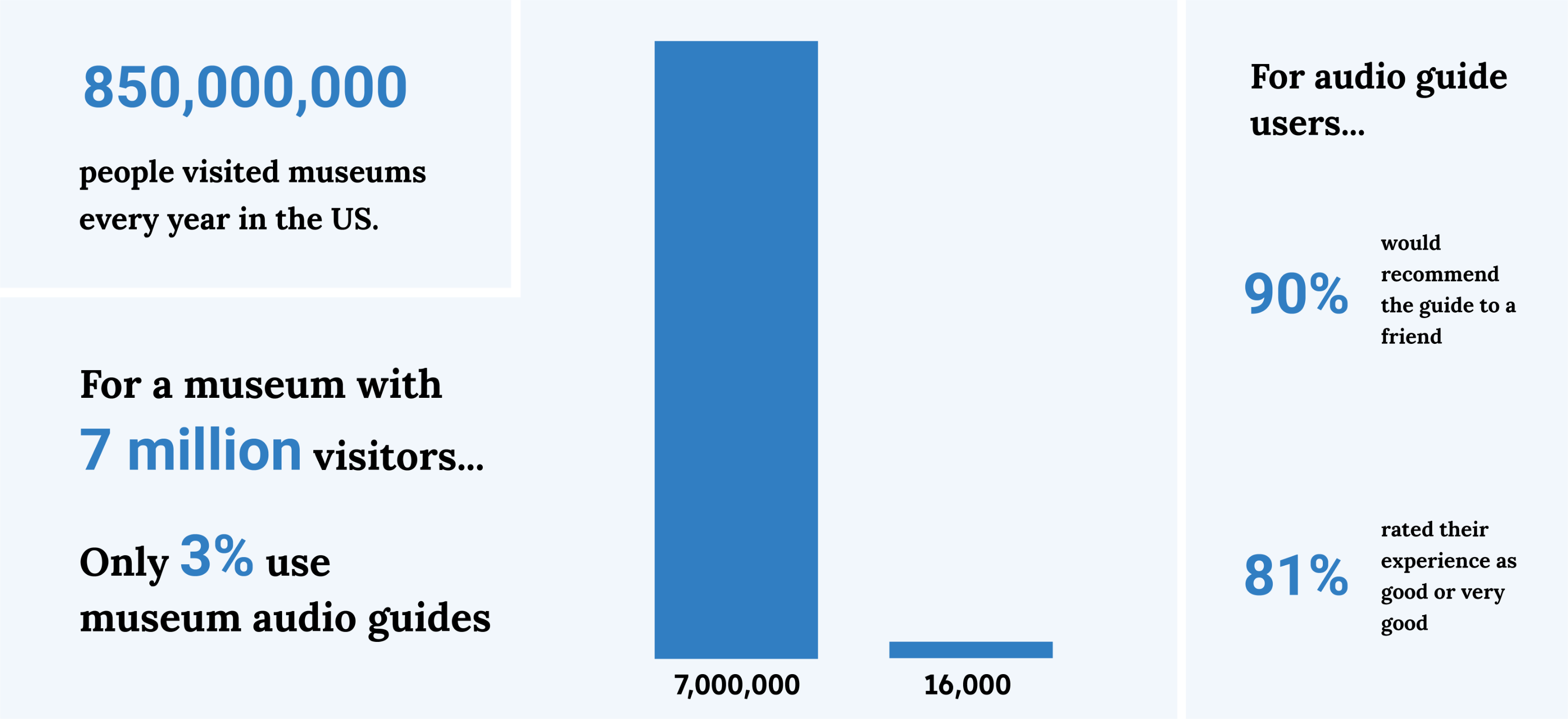
Current audio guides: Low in take-up rate but high in satisfaction rate
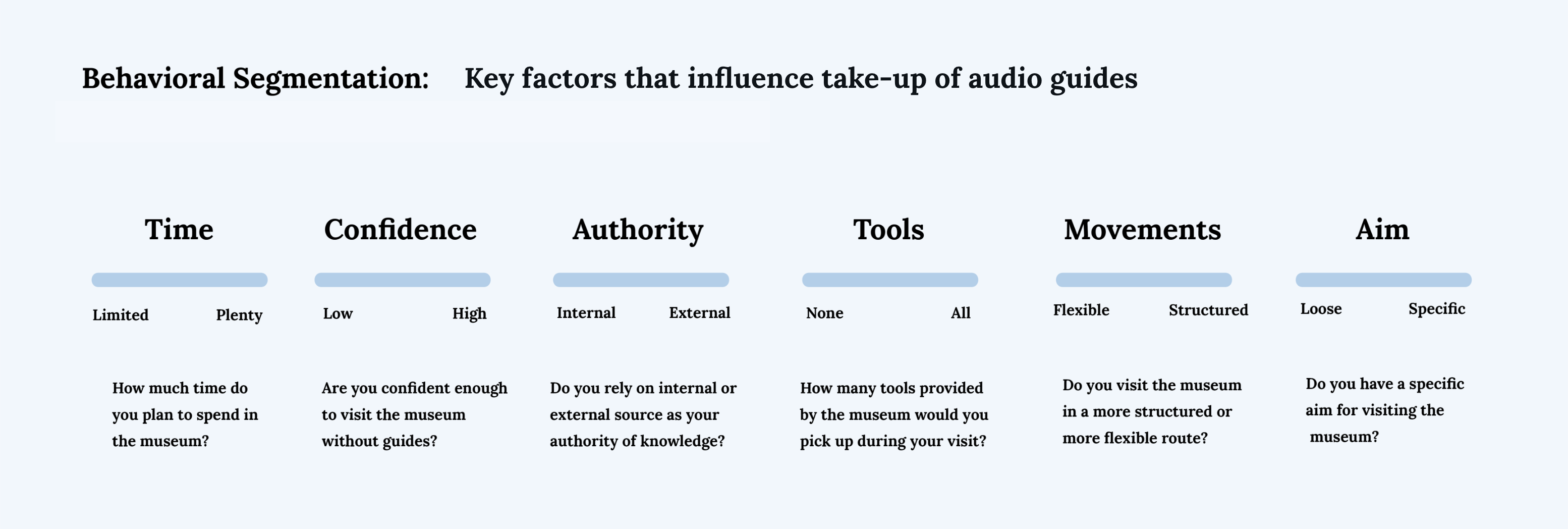
Behavioral factors impacting take-up rate
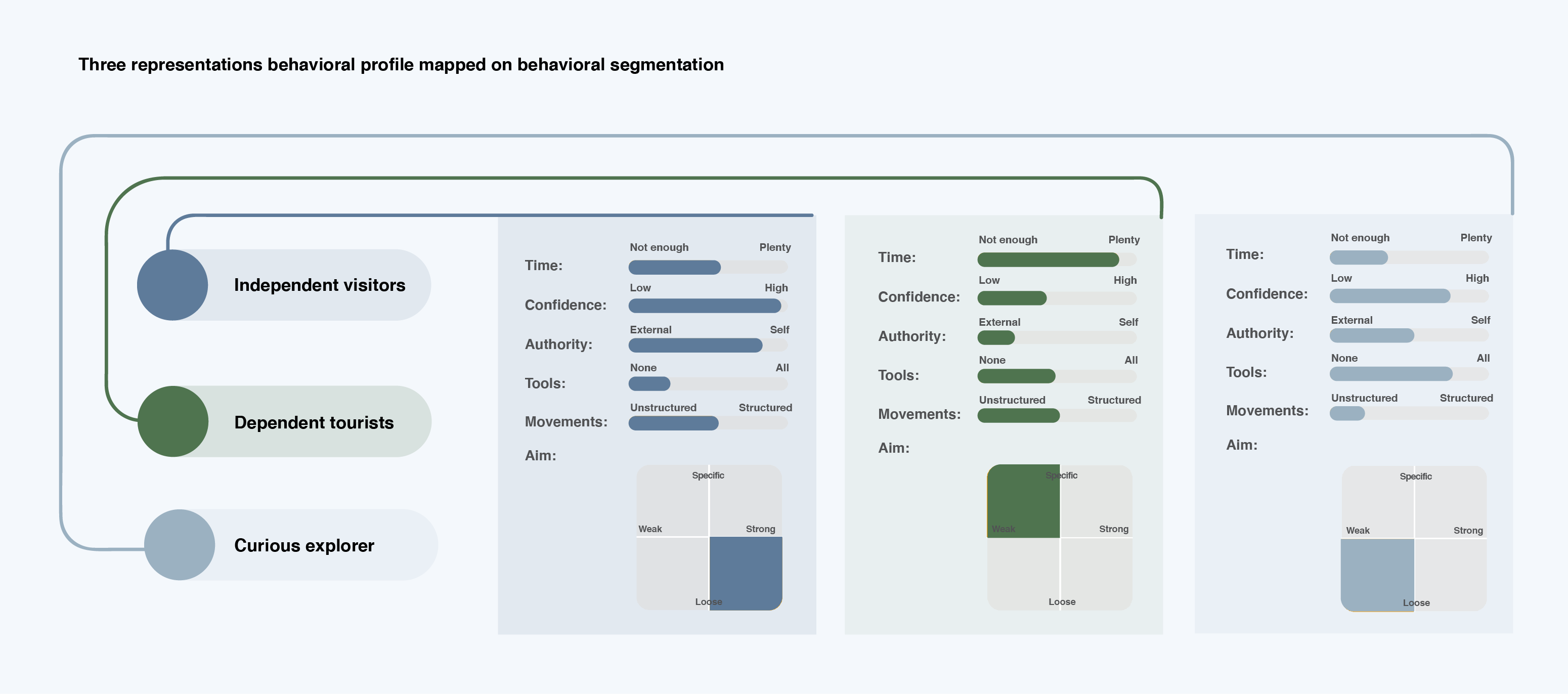
User Interview
The interviewees include 10 persons with age ranging from 19 - 55. Here are three distinct representations among them:
“I prefer to meet the art by myself."
“I can not understand paintings without audio guides."
“I am open to any kinds of experience."
People’s need towards audio guides are different and people benefit from the audio guides differently. To adapt and improve accordingly, the new design can tailor its advantage to corresponding visitors’ behaviors. By analyzing the conflicts stems from their goals and situational factors, the user journey map identified several opportunities for improvements, such as building the content with visitors’ time constraints in mind, different preferences of interacting with tools, and creating flexible contents that suits different interests.
Journey map / process analysis (Swipe Left)
Interviews and surveys have shown that people’s motivation towards audio guides are different and the actual use will depend heavily on individual’s judgement on the usefulness of audio guides. To adapt and improve accordingly, the new design tailors its advantage to three types of museum goers: independent visitors, dependent tourists, and curious explorers.
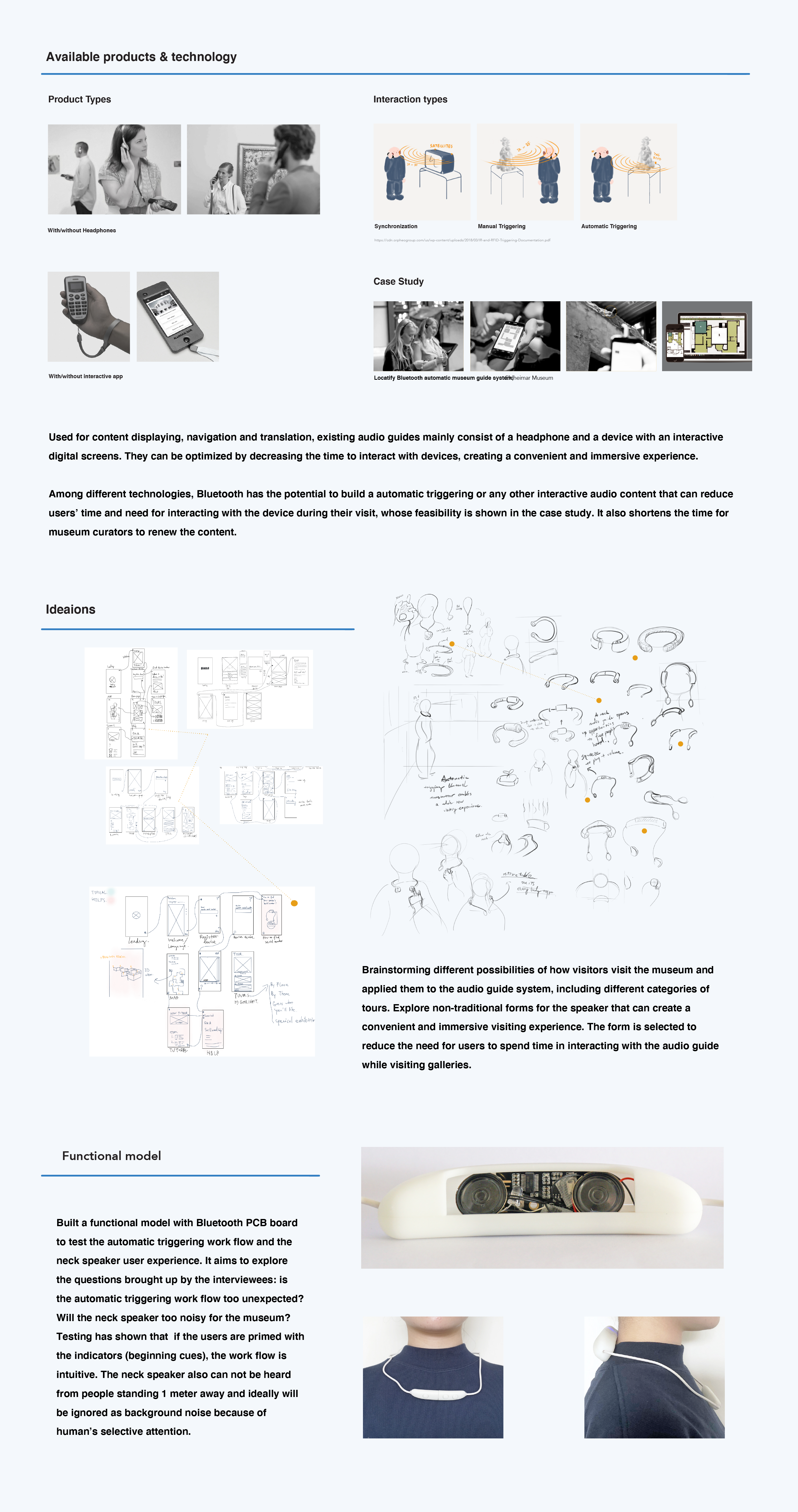
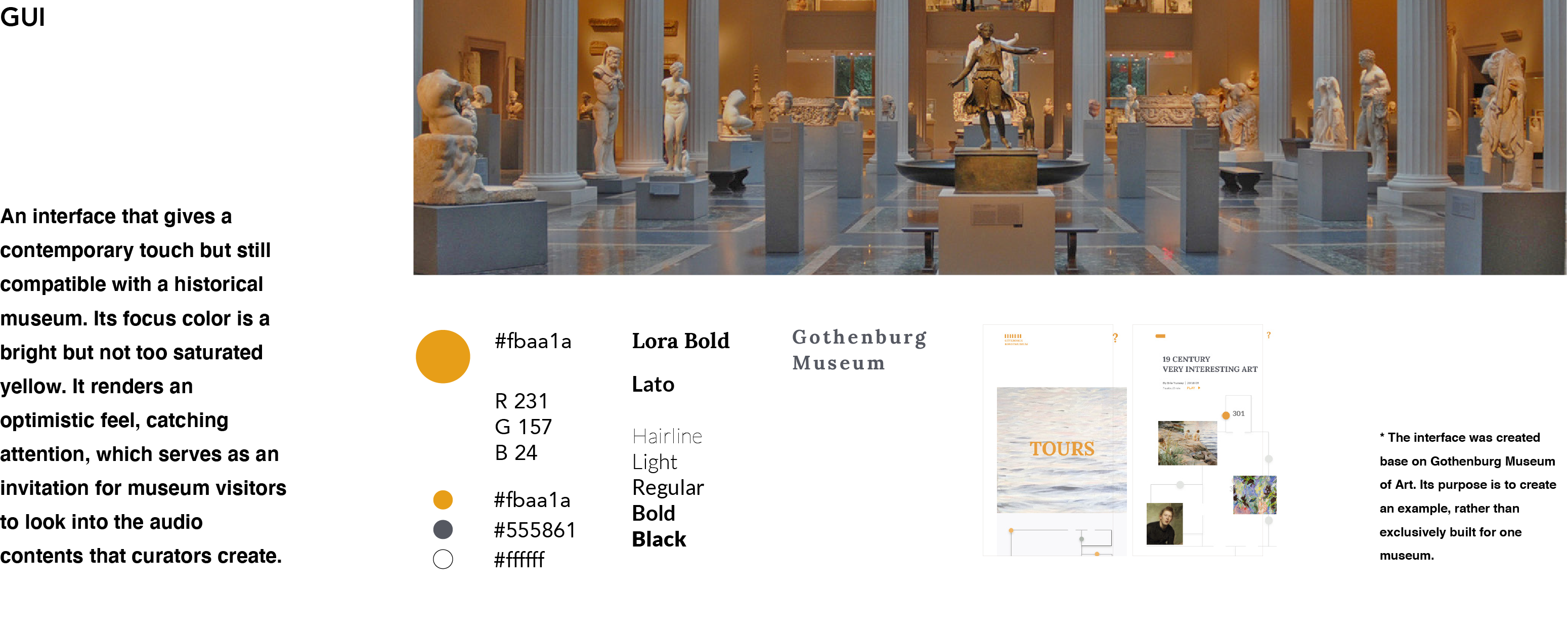
Final Concept
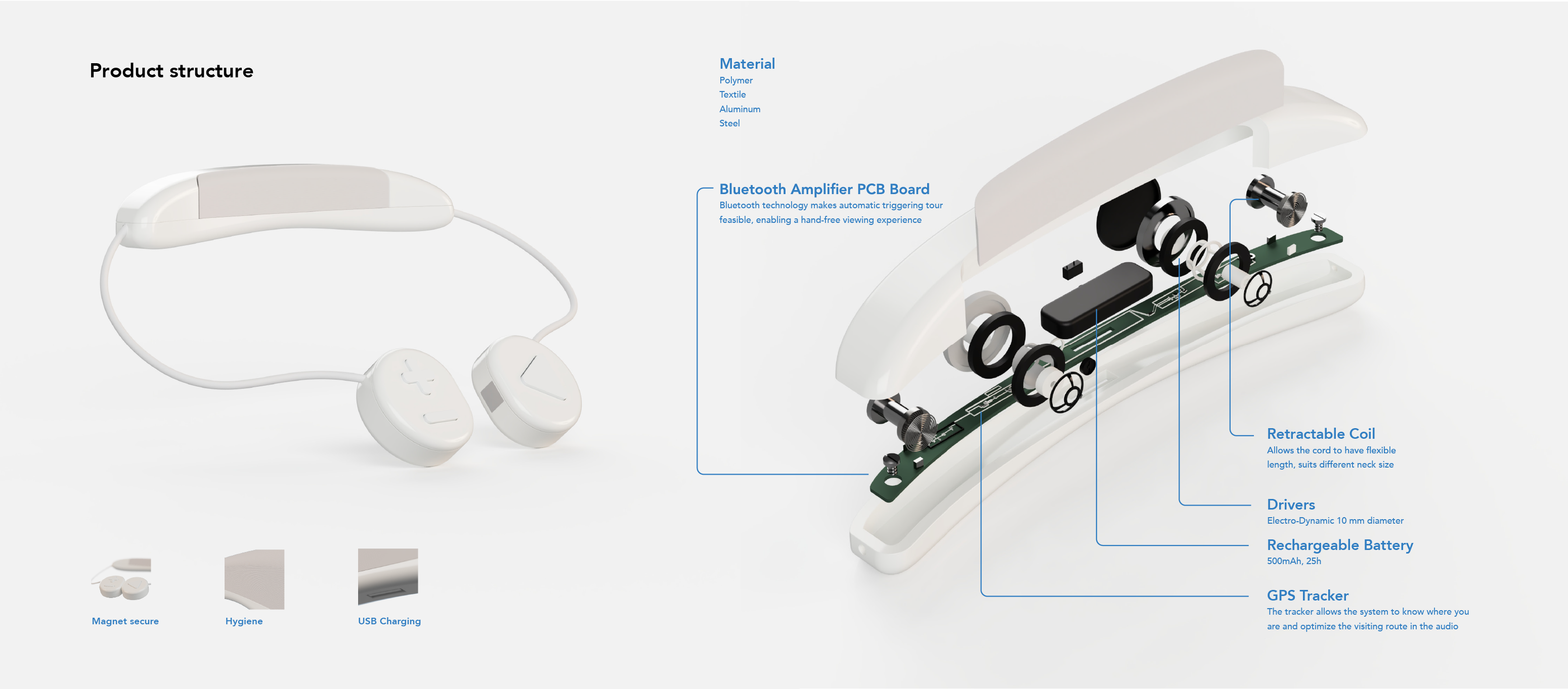
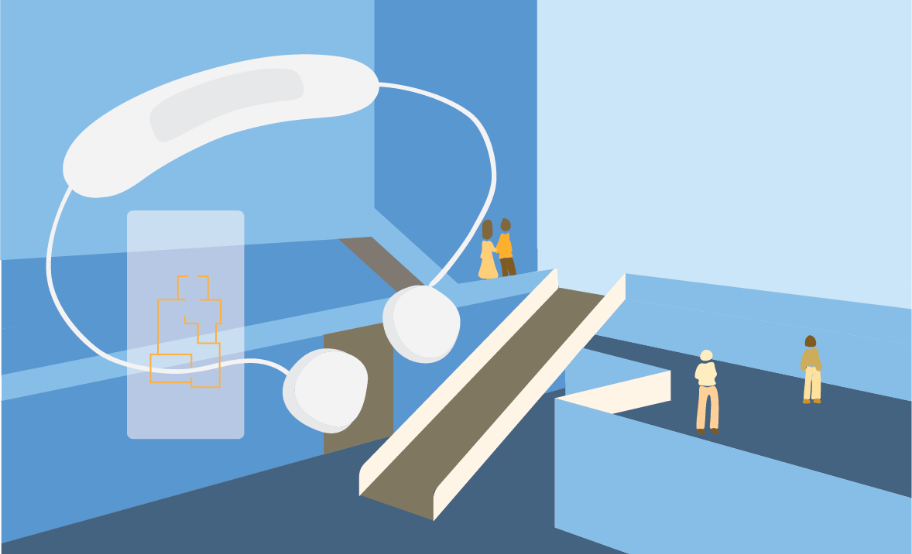
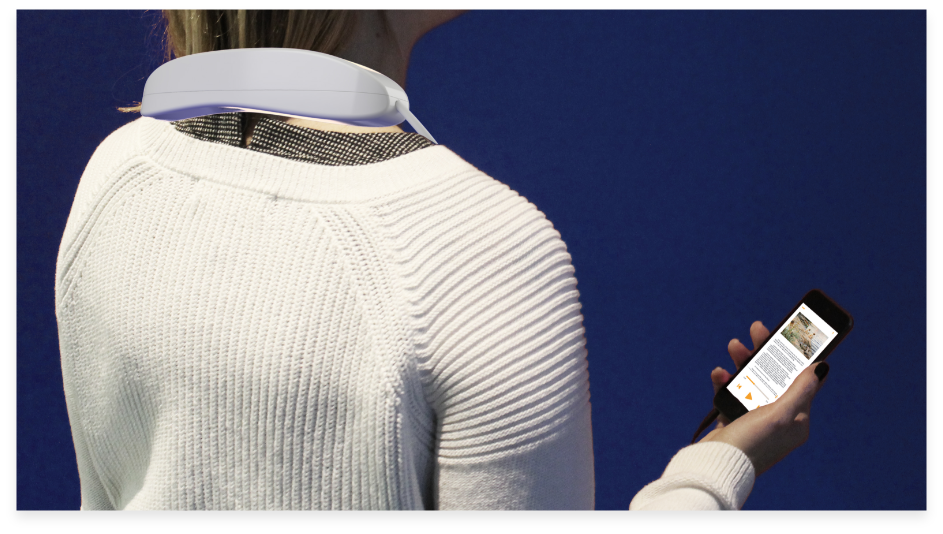
Contemporary
With more understanding of the various types of audience, the audio guide system utilises the available technology that is previously unattainable to assists different visitors. It makes the information on the panels more accessible, interactive, and lively with a human voice.
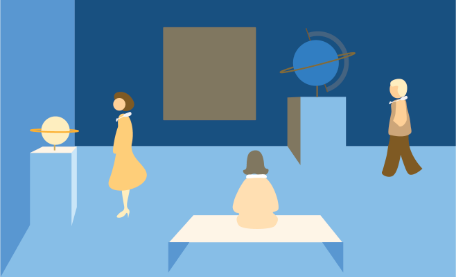
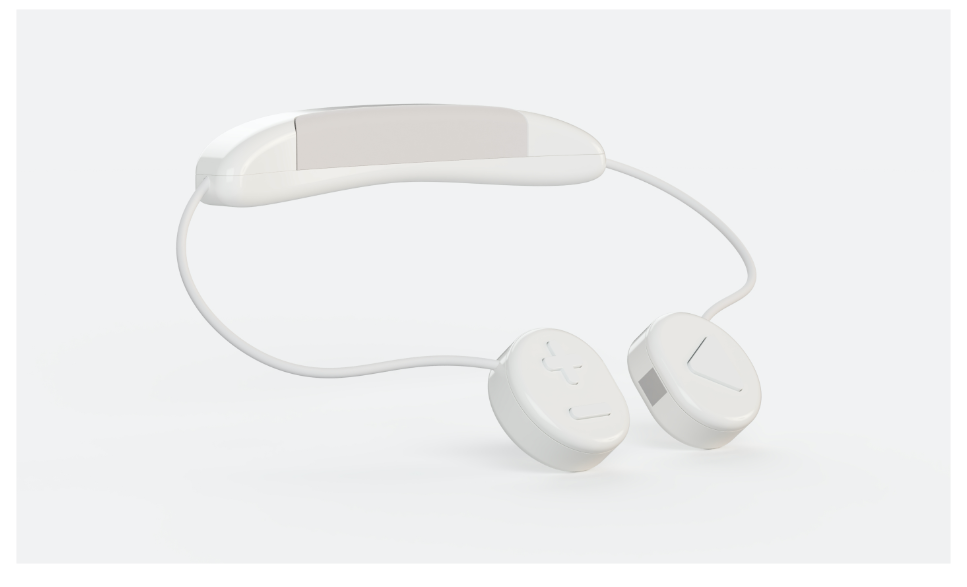
Immersive
Visitors only need to select tours in the beginning when they rent the device. The audio guide can be used without a mobile application which can be an add-on when more controls over the audio content is desired. The audio contents curated by the museum are automatically triggered by Bluetooth transmitters, while helping the users navigate in the museum space. Around-the-neck design avoids the sanitisation problems arising in the traditional over-the-ear headphones. The gear itself has retractable cores that suits all kinds of body figures.
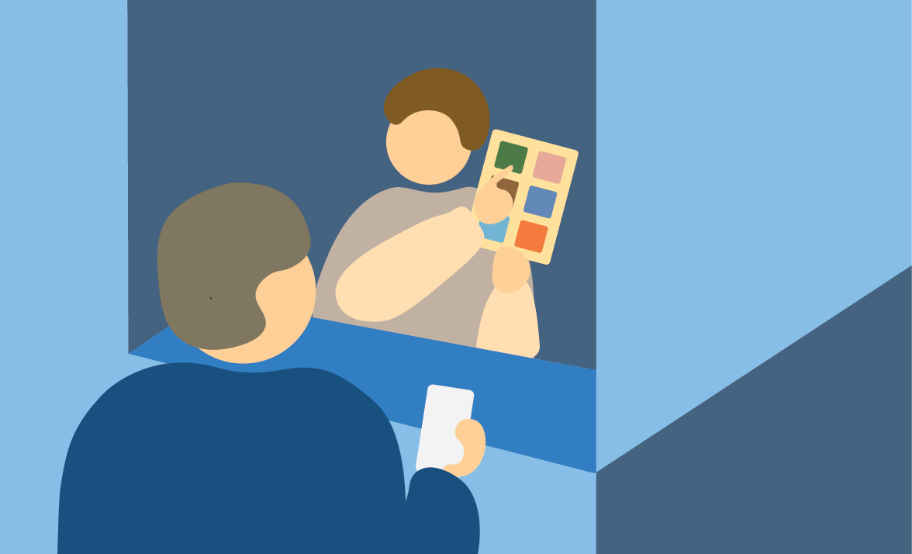
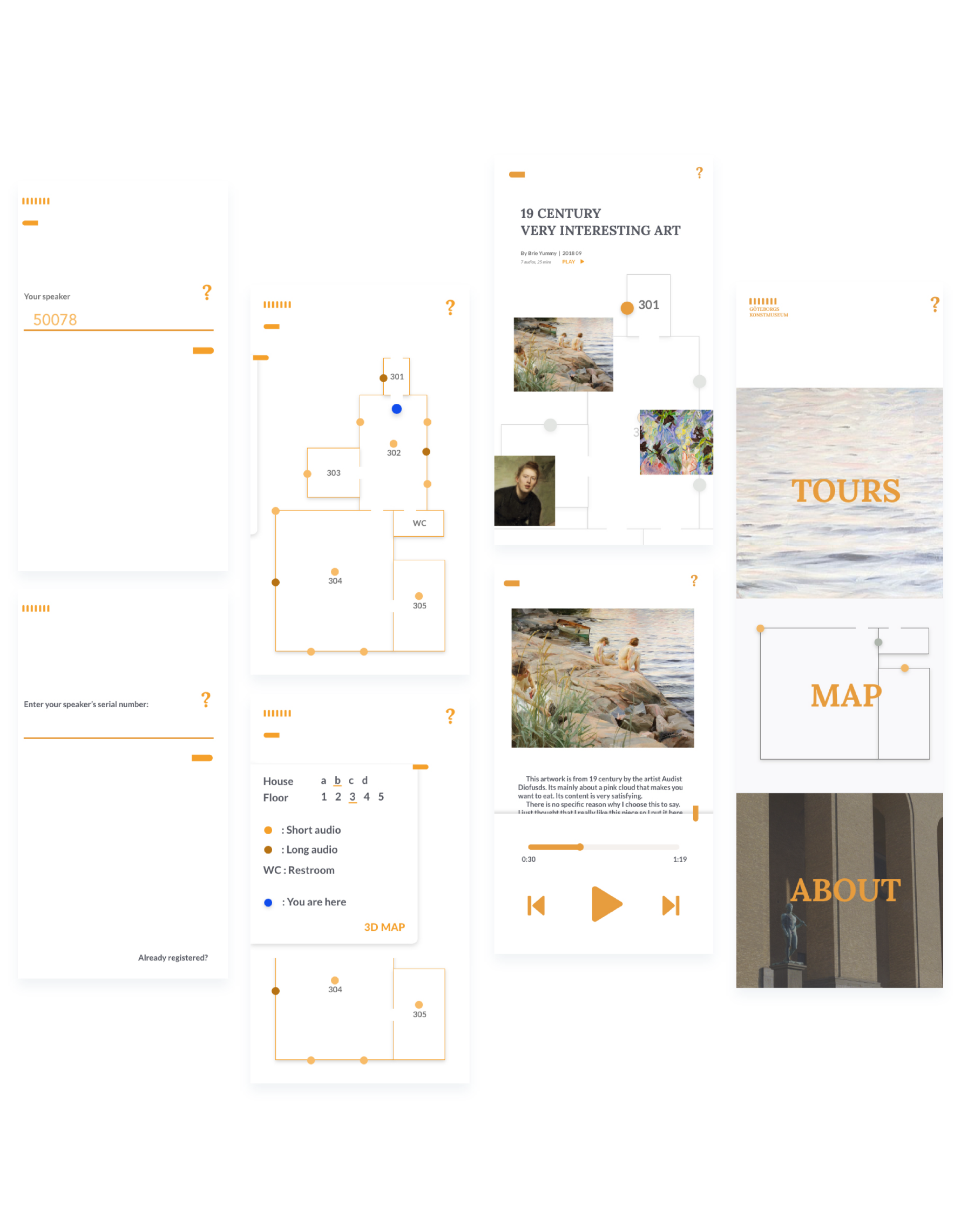
Flexible
The categories of tours are made flexible and effective by various but not repetitive themes for individuals to choose from. The tours are labeled by different attributes that affects visitors’ motivation such as time, contents, and amounts of terminologies, conveying the benefits of audio guides. The application serves as an add-on to the bluetooth speaker. Users can opt for a completely hand-free museum tour or choose to utilize the features in the application. The contents are categorised into tours that meets different museum goers’ behavioural segmentation.














